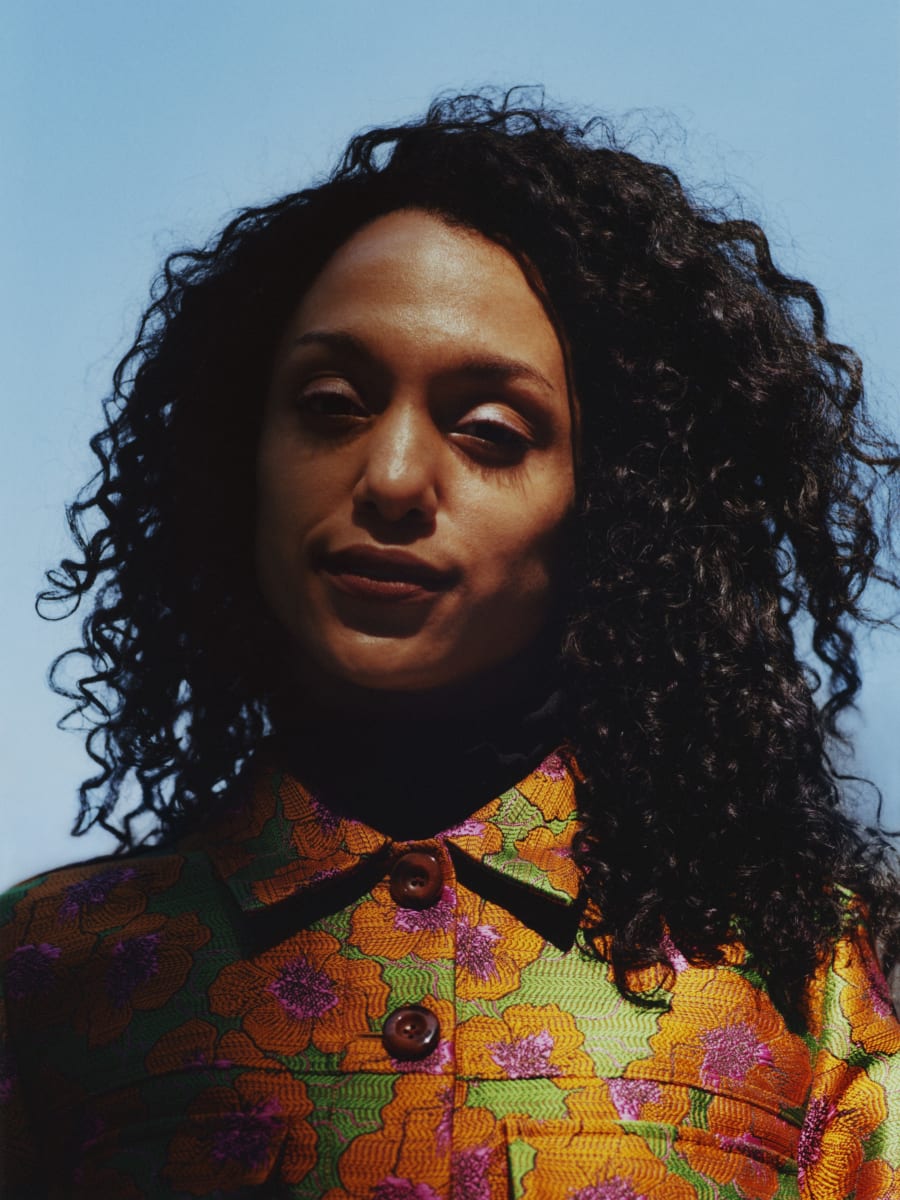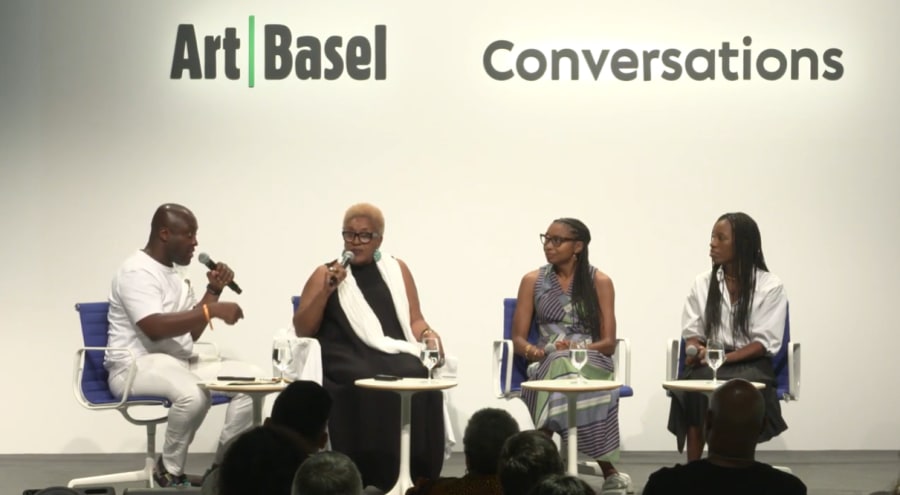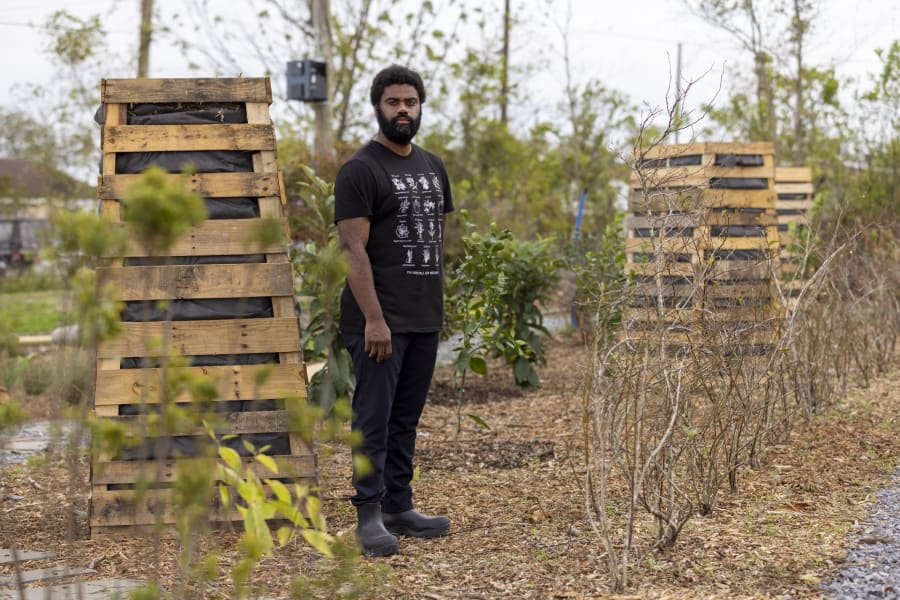Innovation and creativity have thrived in Detroit for more than a century and counting, from the ignition of the automotive industry to the still-reverberating sounds of Motown. These twin 20th-century legacies epitomize the city to this day, but now a new page is being written for a new century.
Artists, curators, designers, and cultural workers – new and native Detroiters alike – are reshaping the city’s identity and, increasingly, its economy, revealing an undeniable truth: Art of every kind – from visual and culinary to fashion and design – is deeply alive here. It’s in the D’s DNA, some say. Of course, even the loudest civic cheerleaders do not deny its long battle with population loss and economic decline, culminating in its historic 2013 bankruptcy. Still, it’s equally apparent that those harsh economic realities never idled the imaginations of the many makers who call Detroit home.
‘The city’s dichotomies feed the creative energy,’ explains the artist Cydney Camp, a native Detroiter who proudly bases her practice there. ‘You can’t help but create dynamic art when you’re rooted in a place that is both beautiful and raw, urban and overgrown. Midwest nice but street smart.’
For artists, economic abandonment became simply another tool – a spark for the creation of the countless murals and industrial-style sculptures that have transformed walls, streets, and even the skyline. ‘Detroit is a special place to be an artist,’ Camp says. ‘Things are still human scale here. Your individual presence makes a difference.’
Walk Detroit’s streets and art is everywhere – towering murals, sculptural interventions, and installations that even adorn neighborhood alleys. The cultural landscape is equally expansive, anchored by institutions such as the Detroit Institute of Arts (DIA), Cranbrook Art Museum, Museum of Contemporary Art Detroit (MOCAD), Arab American National Museum, and Charles H. Wright Museum of African American History, as well as galleries and initiatives including N’Namdi Gallery, Library Street Collective, and Blkout Walls. Together, they provide a foundation that stretches from encyclopedic collections to experimental contemporary practices.
Detroit is also indelibly tied to art history. Diego Rivera immortalized workers in the 1930s with his Detroit Industry Murals. At the same time, Frida Kahlo created some of her most famous self-portraits during the couple’s time in the city. Rivera’s mural remains an international touchstone, drawing thousands of tourists annually through the DIA’s doors.
The museum’s walls are also gradually featuring more Black Detroit artists. In 2024, the DIA presented a year-long barrier-breaking exhibition by Tiff Massey, a Detroit-based metalsmith recognized for her wearable sculptures and large-scale steel installations. With her ‘7 Mile + Livernois’ exhibit, Massey became the youngest artist to have a solo show in the museum’s history. Her sculpture ‘Baby Bling’ (2023), which combines steel beads, woven rope, and brass to recreate a well-known childhood hair accessory among Black women, is now part of the DIA’s permanent collection and will be on display in 2026, coinciding with the reopening of its Modern and Contemporary Art wing.
Other landmarks of Detroit’s past are being reimagined in similarly bold ways. The iconic Beaux-Arts Michigan Central Station – long abandoned and a global magnet for ruin-porn photography – has been reborn as a mobility innovation hub for Ford Motor Company. It also now functions as a venue for art and music.
However, Detroit’s creative momentum is being driven by much more than large legacy institutions. Artist-led spaces, visionary curators, and innovative grassroots collaborators are also elevating the city’s status, adding to the arts infrastructure at a dizzying pace, even for locals. Galleries of all sizes and contemporary pop-up spaces flank Detroit’s renovated downtown, and more are emerging as neighborhood destinations too.
In some cases, art is resurrecting entire areas. Just off Jefferson Avenue, a storied downtown artery, a new multi-block cultural corridor called Little Village is drawing a flurry of foot traffic, both local and global. The space, some say, is as much a model of urban regeneration as it is a hub for new creative opportunity. Earlier this year, Time magazine crowned the campus one of the World’s Greatest Places, a must-see centerpiece of Detroit’s arts and culture ecosystem. The project represents five years of painstaking redevelopment – a neighborhood with a new purpose after enduring decades of widespread decline. At its heart is The Shepherd – a 110-year-old Catholic church converted into a gallery and performance space, with its rectory reimagined as a boutique bed-and-breakfast.
Visitors are welcomed onto the campus by the works of the late Charles McGee, a pioneering sculptor, painter, and leader of the city’s Black Arts Movement in the 1960s and ’70s. While his sculptures soar nearly 4 meters into the sky, skateboarders defy gravity nearby courtesy of a public skate park designed by Tony Hawk and McArthur Binion, a globally celebrated abstract painter and native Detroiter. Binion is also the founder of the Modern Ancient Brown Foundation, an onsite fellowship program supporting artists ‘who are interdisciplinary or anti-disciplinary in their making.’
Yet another bold initiative, Detroit Salon, aims to catapult the city’s creative ecosystem onto the global stage with a three-year tour by Michigan artists of premier cultural institutions and art fairs. With exhibitions in Paris, Hong Kong, New York, London, Marrakech, Miami Beach, Basel, and at the Venice Biennale, the ‘Detroit art tour’ will build momentum ahead of Detroit Salon in 2028, the city’s first landmark international art event.
Evoking the idea of the salon as a meeting place where artists, writers, musicians, and thinkers exchange ideas and introduce new voices in art and culture, the effort reimagines the art-show format as a Detroit-styled constellation of immersive multisite exhibitions, installations, intimate salons, and public programs across neighborhoods – Detroit-built, avant-garde, and artist-focused.
Developed by Salonnière and co-created with other Michigan partners, it draws inspiration from cities like Venice and Marrakech, which have catapulted their local scenes onto the world stage through city-wide art events. ‘Detroit Salon is a great way to learn about the city’s creative pulse,’ explains Jova Lynne, Co-Director/Artistic Director at MOCAD and a member of Detroit Salon’s statewide curatorial advisory committee.
‘Its programming illuminates the brilliance of local artists and affirms why this ecosystem matters on a national and global scale.’
In 2024, the esteemed fiber artist Carole Harris was among 50 Detroit artists and culture leaders selected to travel to Paris with Detroit Salon for a moment of cultural exchange, topped by an exhibition featuring the artists’ work, with intimate conversations about their practice, and, of course, Detroit.
‘Detroit has been the subject of so much derision and negativity for far too many years,’ Harris says. ‘To be [in Paris] exhibiting our work and representing the city in a positive way to a global audience in an official capacity was beyond anything I ever imagined.’
Now, Harris envisions a day when she will be invited to immerse international artists visiting Detroit in the truths that continue to stir her creativity. More than ever, she’s ready ‘to help the world see and love Detroit the way that I do.’
Nichole Christian is a writer, editor, and native Detroiter. She frequently writes about artists and their influence on cities and culture.
About Detroit Salon
Detroit Salon is the city’s landmark global contemporary art event and exhibitions platform. Its mission is to strengthen access and visibility for Detroit and Michigan’s artists and creative communities on a national and international stage through global partnerships with leading art and culture organizations, exhibitions, and a major new global contemporary art show in Detroit in 2028, continuing biannually.
Executed in collaboration with Michigan civic, cultural, and global partners, and developed by Salonnière, the platform connects local artists with international audiences, collectors, curators, critics, and institutions through a dual approach: outbound exhibitions at leading cultural institutions and art shows and fairs, and inbound programming that welcomes the global art world to Detroit. Learn more at detroitsalon.art.
Produced in partnership with Detroit Salon.
Caption for header image: Little Village. Photograph by Khary Mason for Art Basel.
Published on September 25, 2025.


